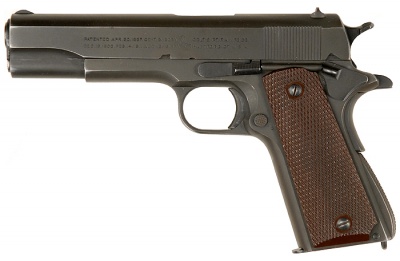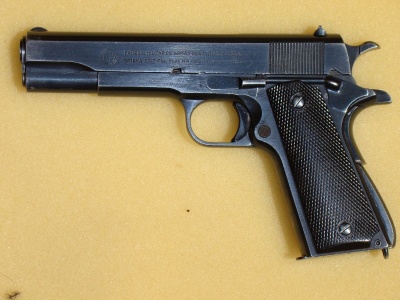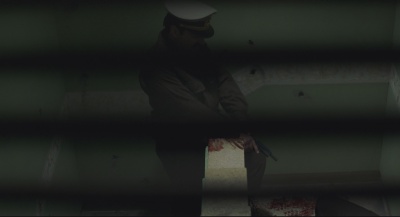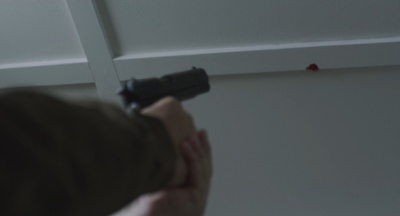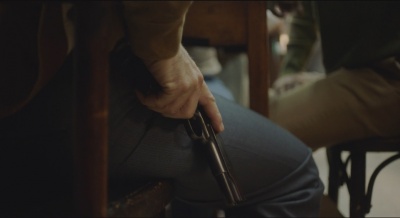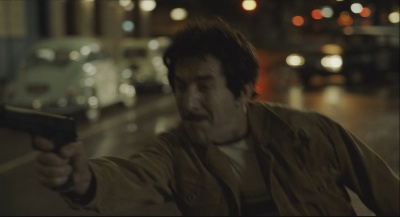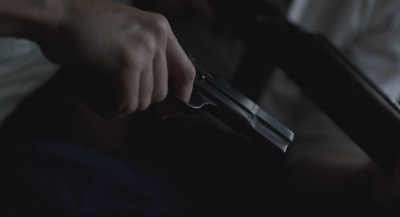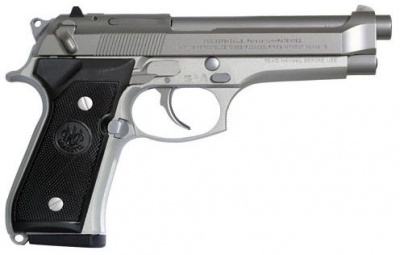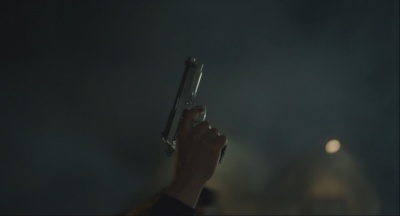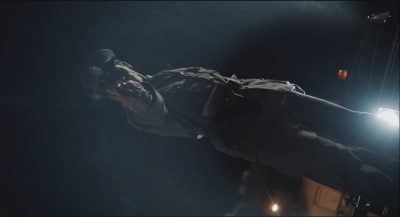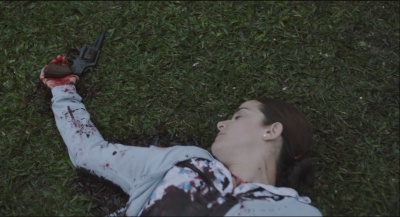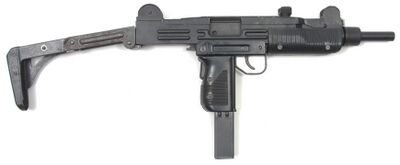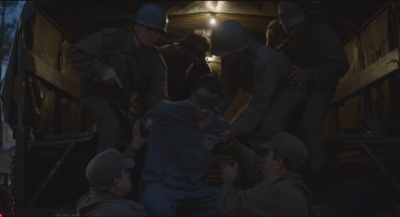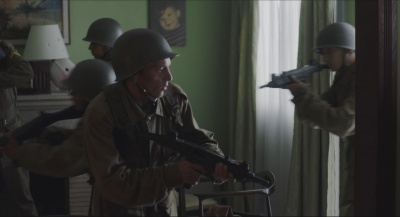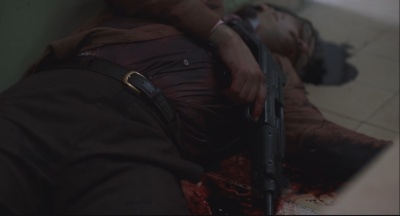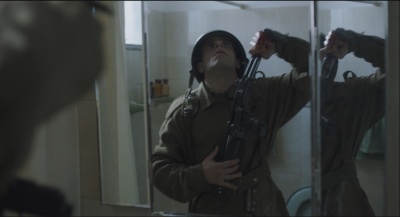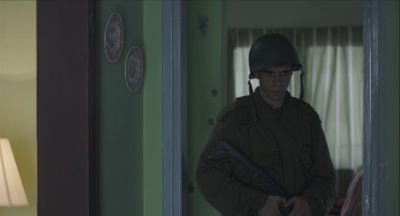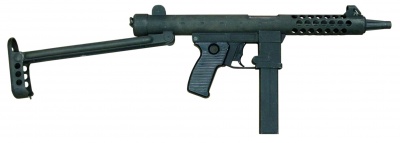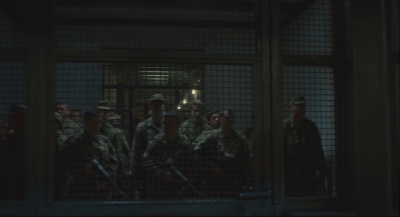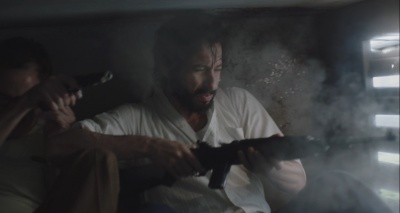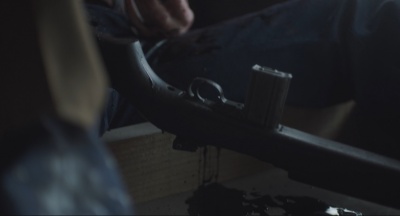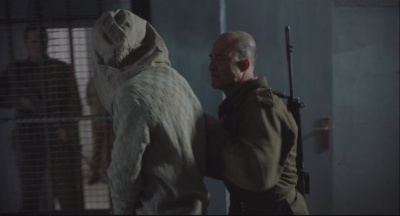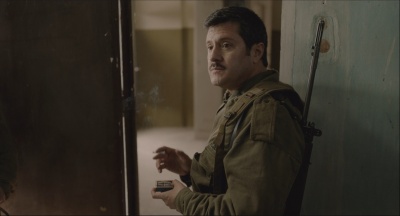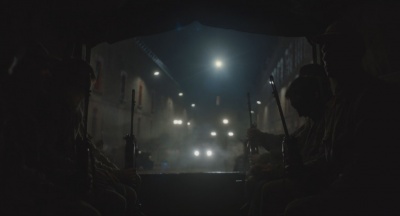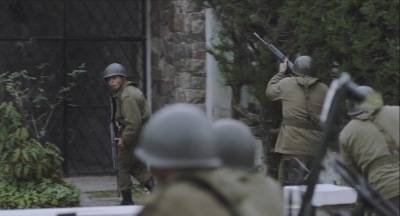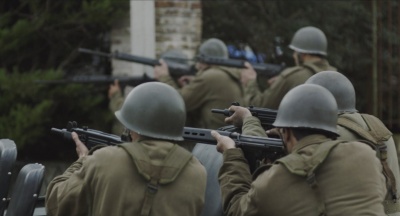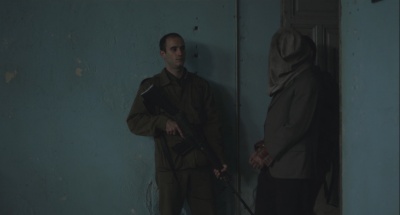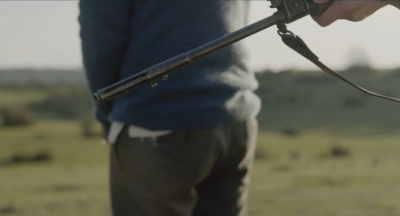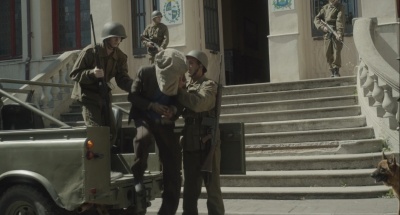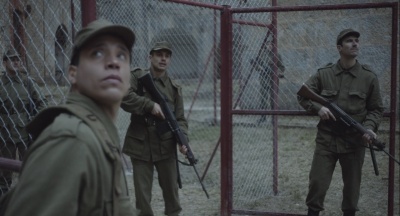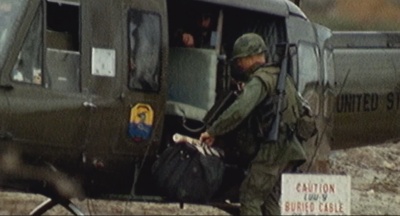| If you have been locked out of your account you can request a password reset here. |
Difference between revisions of "A Twelve-Year Night"
m |
m |
||
| Line 21: | Line 21: | ||
}} | }} | ||
| − | '''''A Twelve-Year Night''''' (Spanish: '''''La noche de 12 años''''') is a 2018 Uruguayan drama film directed by Álvaro Brechner. It premiered in Official Selection at the 75th Venice International Film Festival, and it was selected as the Uruguayan entry for the Best Foreign Language Film at the 91st Academy Awards, but it was not nominated. | + | '''''A Twelve-Year Night''''' (Spanish: '''''La noche de 12 años''''') is a 2018 Uruguayan drama film directed by Álvaro Brechner. It premiered in Official Selection at the 75th Venice International Film Festival, and it was selected as the Uruguayan entry for the Best Foreign Language Film at the 91st Academy Awards, but it was not nominated. The film won the Golden Pyramid Award at the 40th Cairo International Film Festival. |
The film is about the 12-year incarceration of members of the Tupamaros, a left-wing urban guerrilla group active in the 1960s and 1970s, 9 of whom were held as "hostages" between 1972 and 1985. | The film is about the 12-year incarceration of members of the Tupamaros, a left-wing urban guerrilla group active in the 1960s and 1970s, 9 of whom were held as "hostages" between 1972 and 1985. | ||
Revision as of 23:00, 30 June 2020
| ||||||||||||||||||||||||||||
A Twelve-Year Night (Spanish: La noche de 12 años) is a 2018 Uruguayan drama film directed by Álvaro Brechner. It premiered in Official Selection at the 75th Venice International Film Festival, and it was selected as the Uruguayan entry for the Best Foreign Language Film at the 91st Academy Awards, but it was not nominated. The film won the Golden Pyramid Award at the 40th Cairo International Film Festival.
The film is about the 12-year incarceration of members of the Tupamaros, a left-wing urban guerrilla group active in the 1960s and 1970s, 9 of whom were held as "hostages" between 1972 and 1985.
As a result, several characters are dramatizations of real people. Among them, José Mujica who became the 40th President of Uruguay from 2010 to 2015.
The following weapons were used in the film A Twelve-Year Night:
Handguns
Colt M1911A1
The Colt M1911A1 is used by both Uruguayan soldiers and Tupamaro freedom fighters.
The M1911A1 was adopted by the Uruguayan Armed Forces in the 1960s and remained in service until it was replaced by the Glock 17.
Judging by their finish and barrel markings, the models used in the film could be Argentine-licensed DGFM Sistema Colt Modelo Argentino 1927 stand-ins, although it is difficult to notice.
Beretta 92 Inox
During a Christmas holiday asado (Uruguayan and Argentinian BBQ), Uruguayan soldiers are seen celebrating, and one shoots skyward with a Beretta 92 Inox. It is highly unlikely that a soldier carried this particular handgun back then, as the Beretta 92 has never been standard-issue in the Uruguayan Armed Forces.
DGFM HP-35
DGFM HP-35 pistols (Browning Hi-Power pistols built under license by Dirección General de Fabricaciones Militares of Argentina) are seen in the Tupamaro hideout next to some M1 carbines.
In 1979, the Uruguayan Armed Forces acquired the 9mm DGFM HP-35 from Argentina. It is currently being phased out in favor of the Glock 17.
Revolvers
M1917 Revolver (Smith & Wesson)
Uruguayan Montevideo Police carry Smith & Wesson M1917 revolvers as their standard-issue firearm.
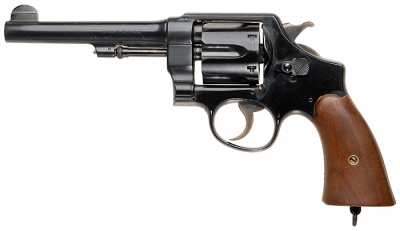
Submachine Guns
IMI UZI
The IMI UZI is used by Uruguayan soldiers. Soldiers in the film mostly use them with the buttstock extended. Historically, the UZI was used and smuggled by Tupamaros from Uruguay into Brazil, in solidarity to help Brazilian rebels in Porto Alegre. It was seen as a weapon of choice for guerilla fighters due to how easily-concealed it was.
The UZI is still in use in the Uruguayan Armed Forces, in the full-sized UZI, Mini UZI and Micro UZI variants. It is used in small numbers in the Air Force, by helicopter crews destined in Congo and Eritrea, and also by the Navy, together with SECRON (Reconnaissance Section).
STAR Z-62/Z-63/Z-70
The STAR Model Z-62 submachine gun (developed by the Spanish arms manufacturer STAR Bonifacio Echeverría S.A. in 1962), is used by both Uruguayan soldiers and Tupamaro freedom fighters.
The Star Model Z-63 and Z-70 variants were adopted by the Police and the Armed Forces of Uruguay, including the National Army of Uruguay and the Uruguayan Naval Prefecture. They are still currently in service, even among Army battalions.
Without a good look at the receiver or trigger, it is difficult to tell which variant is being used at any given time, since the STAR Z-62 variants differ mostly in internal mechanisms, with minor external changes.
Carbines
M1 Carbine
The US M1 carbine is used by the Tupamaro freedom fighters. The ones in the film appear to be post-WWII models, as can be easily noticed by their bayonet lugs.
More than 7,000 M1 carbines were acquired by Uruguay from 1942 until 1976, through an agreement with a United States military equipment supply system. In the Uruguayan Armed Forces, the M1 carbine was used in conjunction with the M1 Garand, as the official service rifle since the 1950s and well into the 1990s, when it was fully phased out by the FMAP FAL. It is currently in reserve, still in use for National Army recruit training, although 6,000 stockpiled M1 carbines were to be returned to the United States as of 2007.
Assault Rifles
DGFM FMAP FAL/FM FAL Standard
The Argentine version of the FN FAL, known as the FMAP FAL ("Fábrica Militar de Armas Portátiles" FAL) or FM FAL Standard, made under license by Dirección General de Fabricaciones Militares (DGFM), is used exclusively by Uruguayan soldiers in the film.
The Uruguayan Armed Forces began phasing out the old M1 Garand and M1 Carbines in favor of the FAL, which was adopted in the 1950s and used well into 2008, when it began being phased out by the Steyr AUG A2 and AK-101/102. The Uruguayan military has always used Argentine-made FALs.
M16A1
M16A1s can be seen during news footage clips of the Vietnam War.

